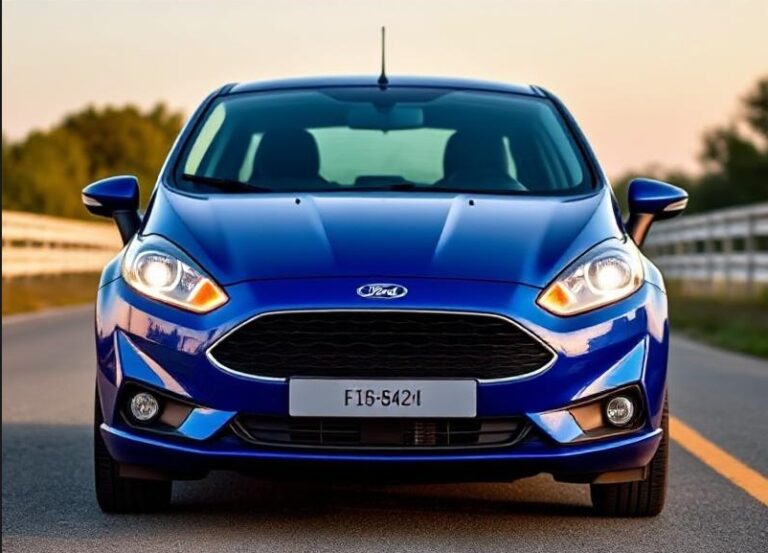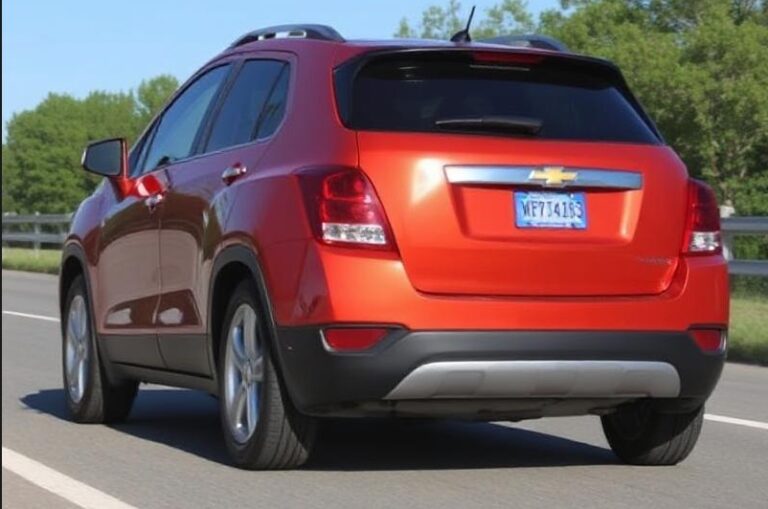The Evolution of the Peugeot Tepee
The Peugeot Tepee is a versatile and practical compact multi-purpose vehicle (MPV) that has been a notable presence in the European automotive landscape since its debut. Designed to blend functionality with a degree of style, the Tepee has undergone several transformations since its inception, reflecting shifts in consumer preferences, technological advancements, and Peugeot’s strategic direction. This article traces the evolution of the Peugeot Tepee from its origins to its latest iterations, detailing production years, models, trim levels, and notable features along the way.
Origins and Initial Launch (2008–2013)
Introduction and Concept
The Peugeot Tepee was first introduced in 2008 as a practical, affordable alternative to larger MPVs and vans. It was essentially a rebadged version of the Citroën Berlingo Multispace, part of PSA Peugeot Citroën’s strategic move to utilize shared platforms across brands to reduce costs and broaden their market offerings.
Production and Market Position
Produced from 2008 until 2013, the Peugeot Tepee was primarily marketed across Europe. It targeted families, commercial users, and those seeking a flexible, spacious vehicle with the convenience of a small footprint. Its design emphasized practicality, with a high roofline, sliding side doors (in some configurations), and configurable seating arrangements.
Models and Trim Levels
The initial Peugeot Tepee lineup was relatively straightforward, with trim levels designed to cater to different customer needs:
- XS: The base model, offering essentials such as cloth upholstery, manual windows, and standard audio systems.
- XR: Added features like power windows, central locking, and upgraded audio.
- HDI Versions: Offered with various diesel engine options, emphasizing fuel efficiency.
Throughout this period, the Tepee was also available in different configurations, including a passenger version and a commercial van variant (Peugeot Partner Tepee), which shared the same platform but focused more on cargo capacity.
Design and Features
The first-generation Tepee was characterized by its boxy shape, large windows for visibility, and flexible interior arrangements. The vehicle was accessible via sliding side doors, facilitating easy entry in tight spaces. The interior was straightforward, prioritizing practicality over luxury.
Second Generation and Facelift (2013–2018)
Transition and Redesign
In 2013, Peugeot introduced a new generation of the Tepee, building upon the platform of the Peugeot Partner Tepee. This update aimed to modernize the vehicle’s appearance, enhance comfort, and incorporate improved safety features.
Production and Variants
Produced from 2013 to 2018, the second-generation Peugeot Tepee reflected Peugeot’s shift towards more refined styling and better technology integration. It continued to serve both family and commercial markets.
Models and Trim Levels
The lineup expanded and diversified, with trim levels including:
- Access: The entry-level trim, offering basic features such as manual air conditioning, basic audio, and fabric seats.
- Active: Added features like electric windows, remote central locking, and upgraded infotainment.
- Allure: The top-tier trim, featuring alloy wheels, touchscreen infotainment system, cruise control, and additional safety features such as rear parking sensors and optional rearview cameras.
Engine Options
The second-generation Tepee was available with a range of petrol and diesel engines:
- Petrol engines: 1.2-liter PureTech units, emphasizing efficiency and low emissions.
- Diesel engines: 1.6-liter HDi units, offering varying power outputs from 75 to 120 horsepower.
Design and Features
This version adopted a more modern aesthetic with smoother lines, a more aerodynamic profile, and contemporary interior materials. The vehicle’s modular interior remained a highlight, with configurable seating and cargo space to suit diverse needs.
Safety and Technology
Enhanced safety features included electronic stability control, hill-start assist, and optional parking assistance. The infotainment system was upgraded with touchscreen interfaces compatible with Bluetooth, USB, and auxiliary inputs.
The Peugeot Tepee Compact MPV (2018–2023)
Rebranding and Further Updates
In 2018, Peugeot announced a strategic repositioning of its MPV lineup, emphasizing more stylish, urban-friendly vehicles. The Tepee was phased out in its traditional form and replaced by models that aligned more with Peugeot’s modern design language, such as the Peugeot Rifter.
Transition to Peugeot Rifter
While the Tepee nameplate was gradually retired, its essence lived on in the Peugeot Rifter, which debuted in 2018 as a successor aimed at both family and leisure markets. The Rifter shared much of the platform and engineering with the Tepee but featured a more contemporary design, advanced safety features, and a wider array of technological options.
Legacy and Influence
The Tepee’s influence persisted in the Rifter’s design philosophy, which emphasized versatility, comfort, and connectivity. Many of the interior configurations, sliding doors, and practicality-oriented features from the Tepee carried over into the new models.
Notable Models and Trim Levels Summary
| Production Years | Model Names & Variants | Notable Features |
|---|---|---|
| 2008–2013 | Peugeot Tepee XS, XR, HDI | Basic practicality, diesel options, shared platform with Citroën Berlingo Multispace |
| 2013–2018 | Peugeot Tepee Access, Active, Allure | Modern styling, touchscreen infotainment, safety features, diverse engine options |
| 2018–2023 | Peugeot Rifter (successor to Tepee) | Advanced technology, modern design, improved safety, greater customization options |
Technical Evolution and Platform Sharing
The Peugeot Tepee’s evolution was closely tied to platform sharing within PSA Peugeot Citroën. Its initial model was based on the Citroën Berlingo Multispace, sharing chassis, engines, and many interior components. This strategy allowed Peugeot to offer a cost-effective, versatile vehicle without developing a dedicated platform from scratch.
Over the years, incremental improvements in materials, safety systems, and engine technology reflected the broader automotive industry’s push for efficiency and safety standards. The second-generation Tepee’s engines, especially the adoption of PureTech petrol and BlueHDi diesel engines, underscored Peugeot’s commitment to cleaner, more efficient powertrains.
.
We LOVE cars & cruising around, but sometimes day trips to explore new cities are required (with family or friends) for a spice of variety in your life!
So GO explore!
Cruises & Day/Night City Tours to: Baltimore, Boston, Chicago, Marina Del Ray, New York, Niagara, Philadelphia, San Diego, San Francisco, Toronto, Washington DC, etc.:

.
Market Reception and Legacy
The Peugeot Tepee was well-received, particularly among budget-conscious families and commercial users who valued its practicality, modular interior, and fuel efficiency. Its simple, functional design made it a go-to choice in segments where versatility was paramount.
However, as consumer preferences shifted towards more stylish, technology-rich SUVs and crossovers, the traditional MPV segment, including vehicles like the Tepee, gradually declined in popularity. Peugeot’s strategic pivot to models like the Rifter and other crossover vehicles reflects this market evolution.
Despite this shift, the Tepee’s legacy as a practical, adaptable vehicle remains recognized. Its influence is evident in Peugeot’s current lineup, which continues to emphasize versatility and innovative interior configurations.
Conclusion
The Peugeot Tepee’s journey from 2008 to 2018 showcases a vehicle that effectively served the needs of diverse customers through its practicality, flexible design, and evolving features. From its origins as a rebadged Citroën model to its modern iterations that incorporated contemporary safety and infotainment technology, the Tepee exemplifies the evolution of practical urban transport.
As the automotive industry continues to shift towards electrification, connectivity, and SUV dominance, vehicles like the Peugeot Tepee represent a key chapter in the history of affordable, adaptable transportation. Its influence persists in modern models that seek to balance versatility with modern design and technology—testament to its enduring legacy in the compact MPV segment.






